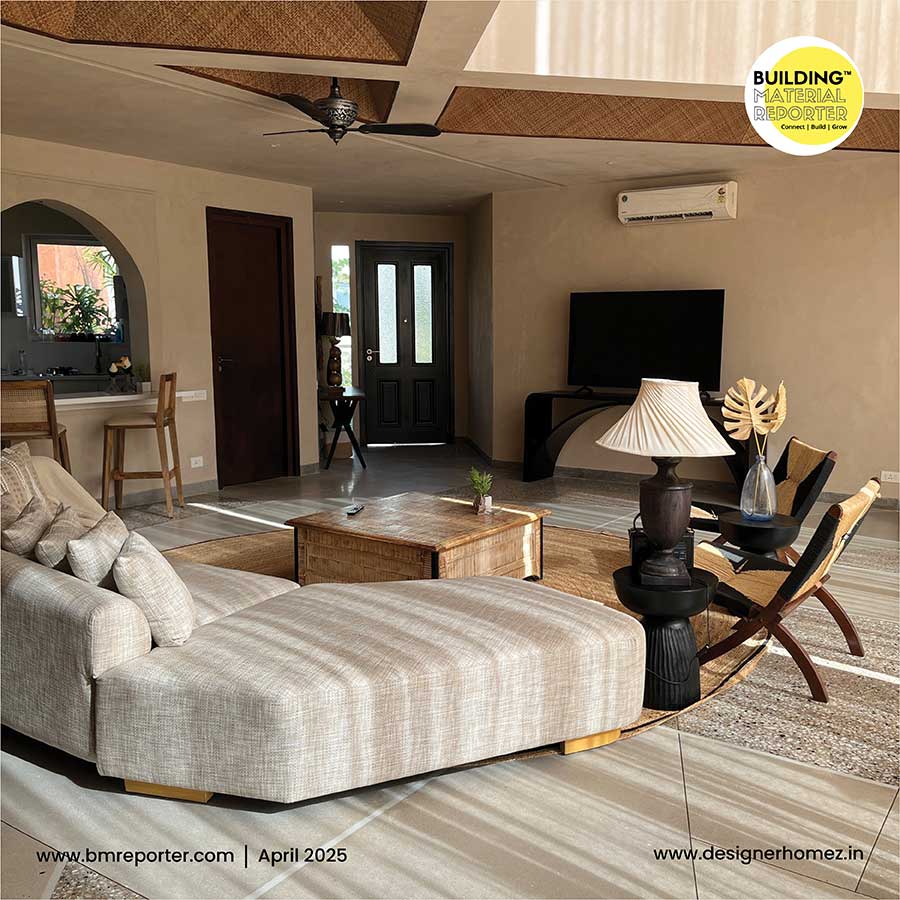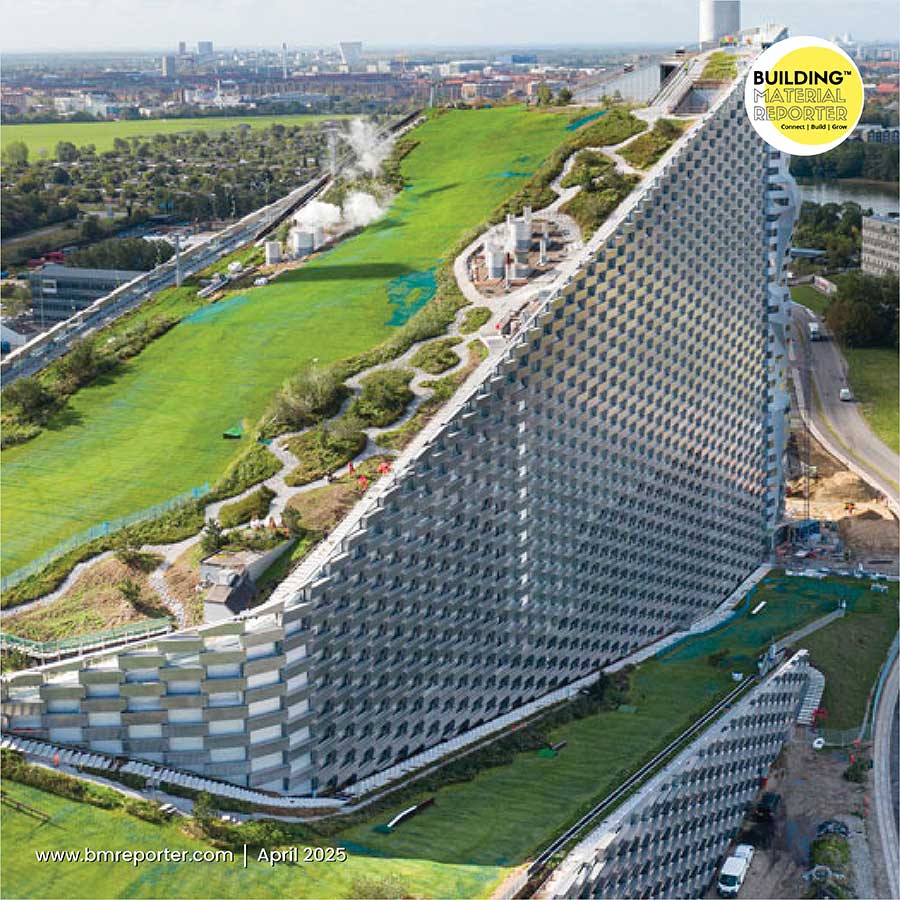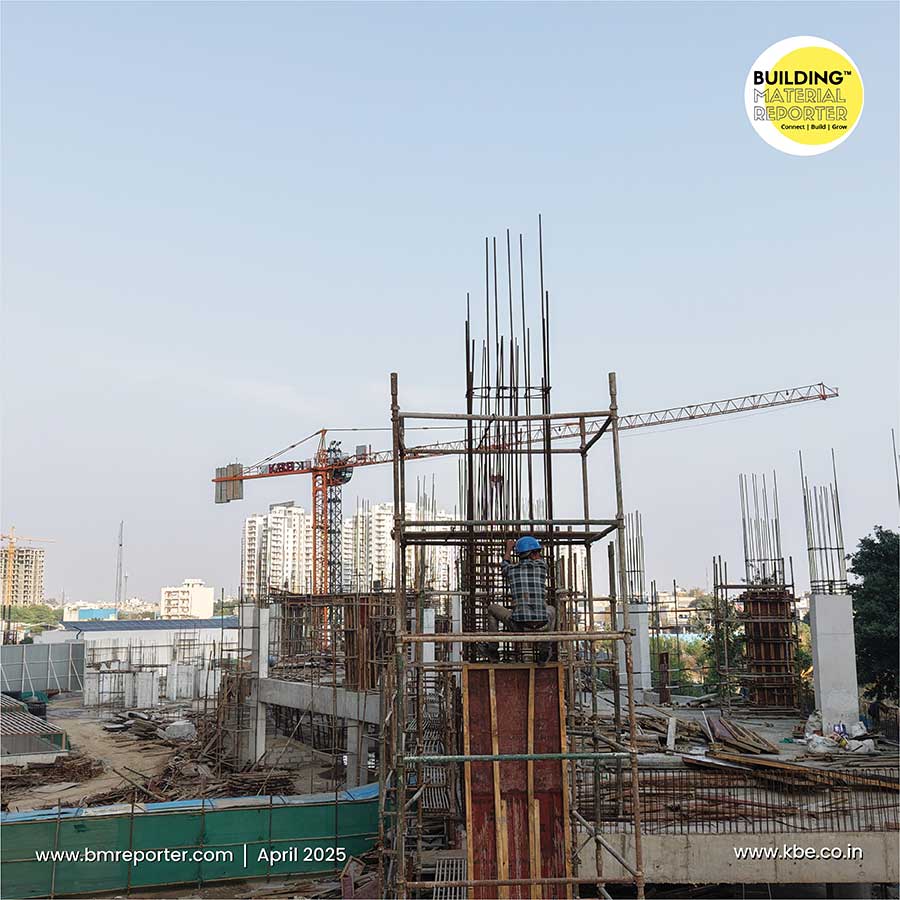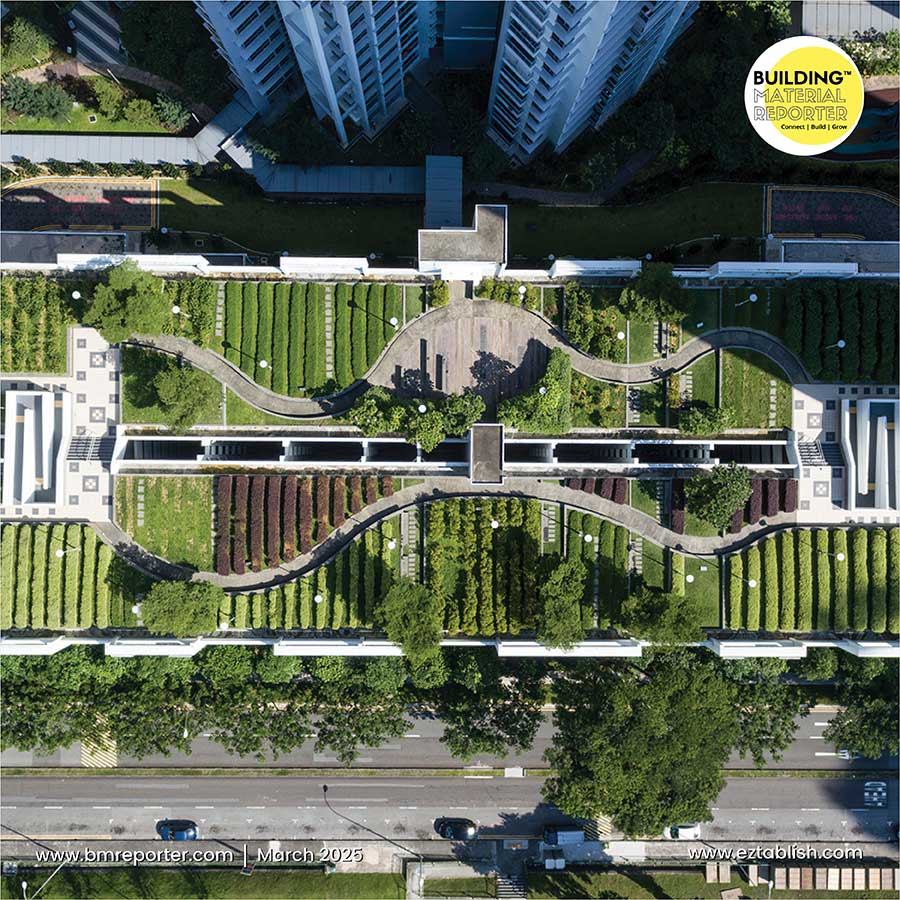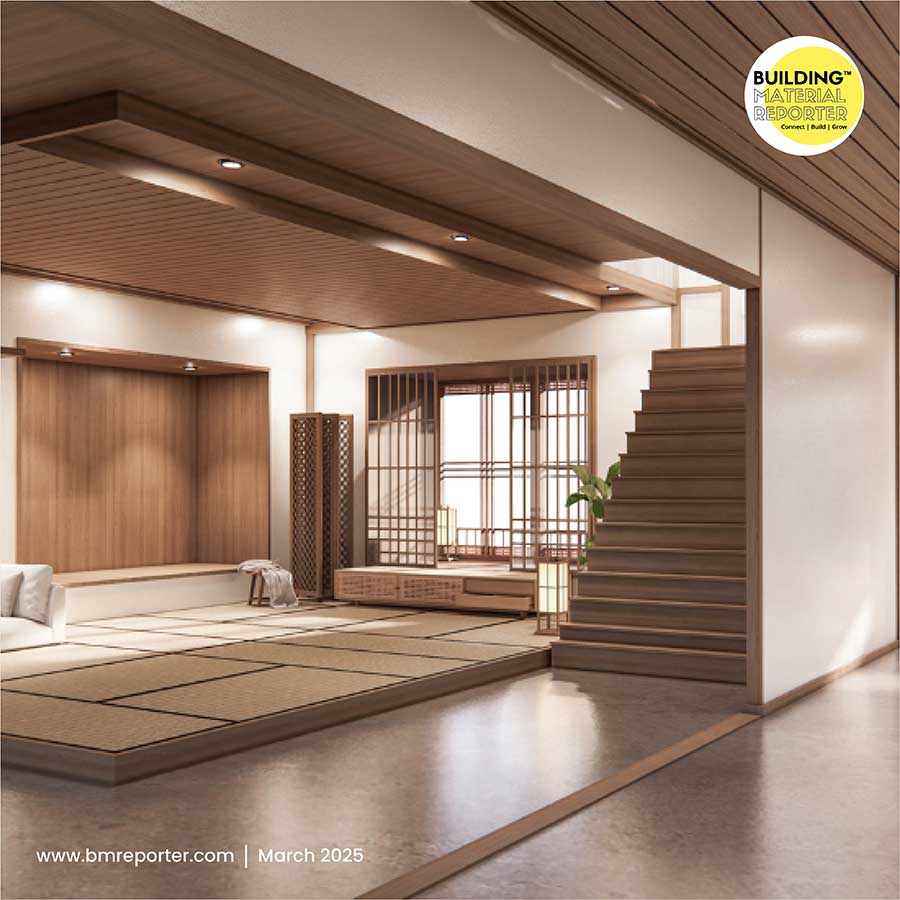Designing a Smart Home: New Year, Smarter Living
- January 10, 2025
- By: Ar. Priyanshi Shah
- INFLUENCERS
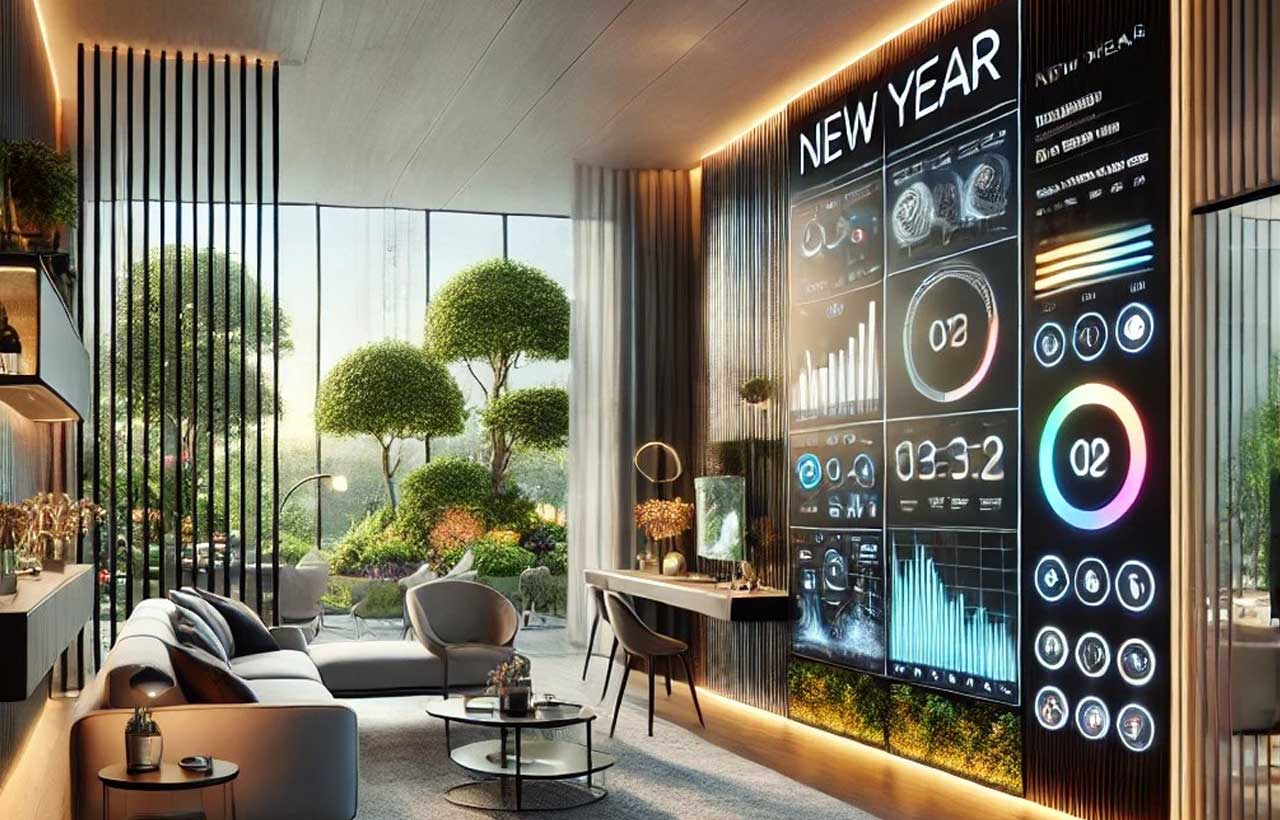 Entering 2025 with cutting-edge technologies will shape smart living and transform it into experiential living. The concept of a smart home has evolved from basic single-tech use to automatic systems, redefining smart home designs. It captures the essence of individual needs, enhances convenience, and fosters sustainability and energy-efficient approaches to smart home design. Strengthening the role of comfort, in this Building Material Reporter article, we will explore the 10 trending trends of smart home design in 2025 that will be the future of architecture and construction.
Entering 2025 with cutting-edge technologies will shape smart living and transform it into experiential living. The concept of a smart home has evolved from basic single-tech use to automatic systems, redefining smart home designs. It captures the essence of individual needs, enhances convenience, and fosters sustainability and energy-efficient approaches to smart home design. Strengthening the role of comfort, in this Building Material Reporter article, we will explore the 10 trending trends of smart home design in 2025 that will be the future of architecture and construction.
Introduction to Smart Home Design
Smart homes have developed into an advanced strategy enhancing modern living and construction technology. It is driven by Artificial Intelligence and the Internet of Things (IoT) that manages smart home appliances and automation systems. With a mobile smart app, one can easily adapt systems to smart living. Starting from simple systems of lighting or heating, today it has progressed into automatic and robotic systems, redefining the architecture of smart home design.
What is a Smart Home?: A smart home connects the devices through the Internet of Things (IoT), integrating the latest technology and enabling users to control features of the house, such as lighting, security, and heating, automatically through sensors. It provides solace and security with smart living features and a futuristic living experience.
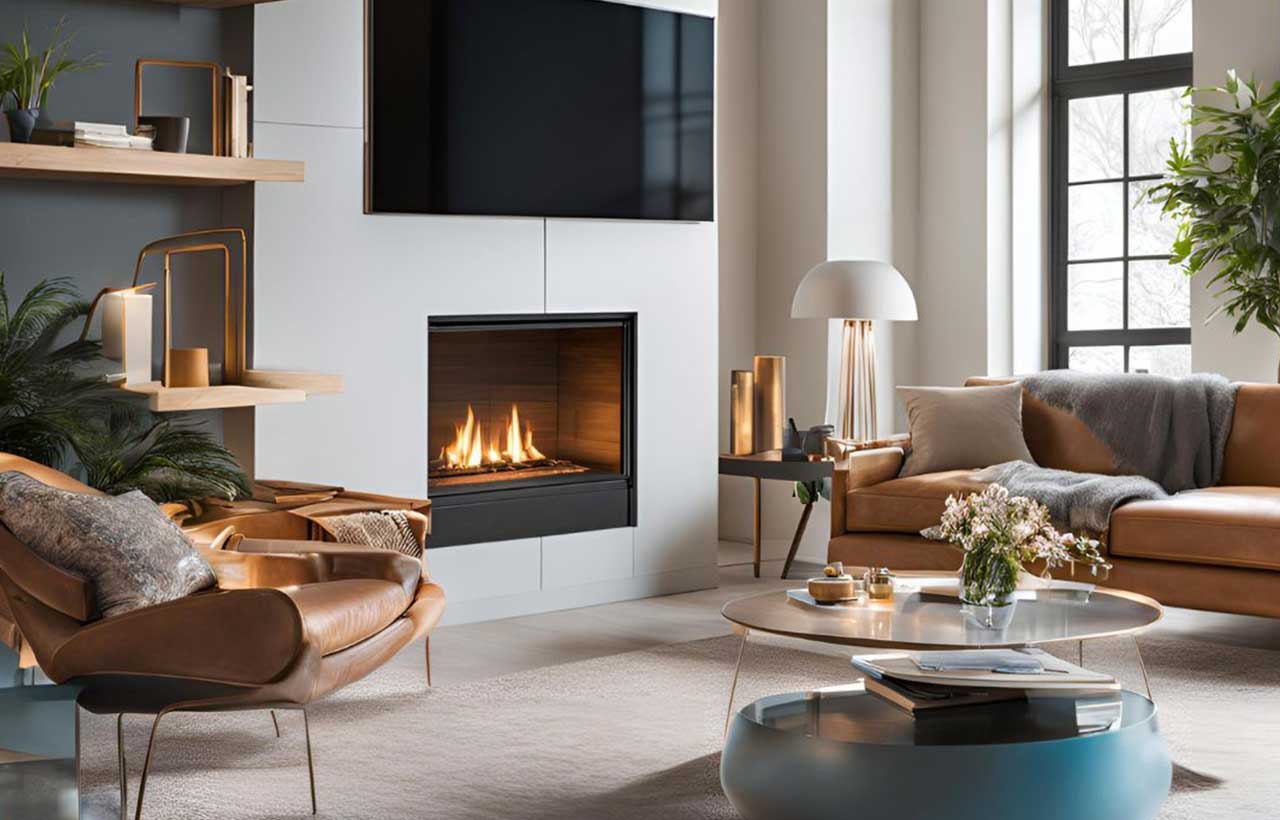 Evolution of Smart Home Technology: The introduction of smart home technology transformed interactive and adaptive spaces. Smart homes evolved from simple devices to interconnected systems governed by artificial intelligence (AI). The support of voice assistant systems—Alexa or Google Assistant—changed our way of smart living.
Evolution of Smart Home Technology: The introduction of smart home technology transformed interactive and adaptive spaces. Smart homes evolved from simple devices to interconnected systems governed by artificial intelligence (AI). The support of voice assistant systems—Alexa or Google Assistant—changed our way of smart living.
10 Trends of Smart Living in 2025
From automatic voice-activated systems to robotic machines will adapt the latest technology and AI integration to shape the future of design considering the wellbeing of the user.
1. Smart Homes Integrating AI Systems: Artificial intelligence (AI) systems are integrated with smart home design, defining the configuration through understanding human behavior and need for convenience. Learning from users, these smart systems are adaptive, transforming the built form with the help of AI-powered smart assistants. It supervises remote control devices developed for security, automation, lighting, and heating according to personal needs, enriching the living experience with a single click.
2. Building Consciously: Sustainability is a trending buzzword with various purposes depending on the context and climate. To reduce the carbon footprint due to climate change concerns, 3D-printed houses and smart energy-efficient approaches using sustainable building materials are adopted. Using solar panels, green roofs, terraces, smart thermostats, and smart appliances, the designs are crafted thoughtfully with a sustainable mindset, reducing the environmental impact on planet Earth. In 2025, sustainability will transform the characterizations of construction and built-form, leading to energy savings in smart home designs.
3. Advanced Home Security with IoT: With the usage of smart devices, homeowners can obtain maximum security from unusual activities and alert signals with the introduction of IoT (Internet of Things). In 2025, it will revolutionize smart living with the evolution of smart locks, digital systems, biometric security systems, or motion detectors, providing one-time security solutions. This trending smart home technology of 2024 will be controlled ahead with new attributes for sophisticated home security systems.
4. Advanced Smart Devices: One experiences busy lives in a chaotic city, but the integration of smart home devices into the home environment makes life easy and comfortable for daily mundane tasks. From smart refrigerators tracking lists of groceries to intelligent lighting systems that will adjust to users' moods and habits, smart devices are the way forward. A cohesive smart design is one where all devices are connected to make life easier and burden-free. The security is managed with advanced systems of home automation platforms and cloud-based solutions to secure and ensure that the smart home is connected and safe.
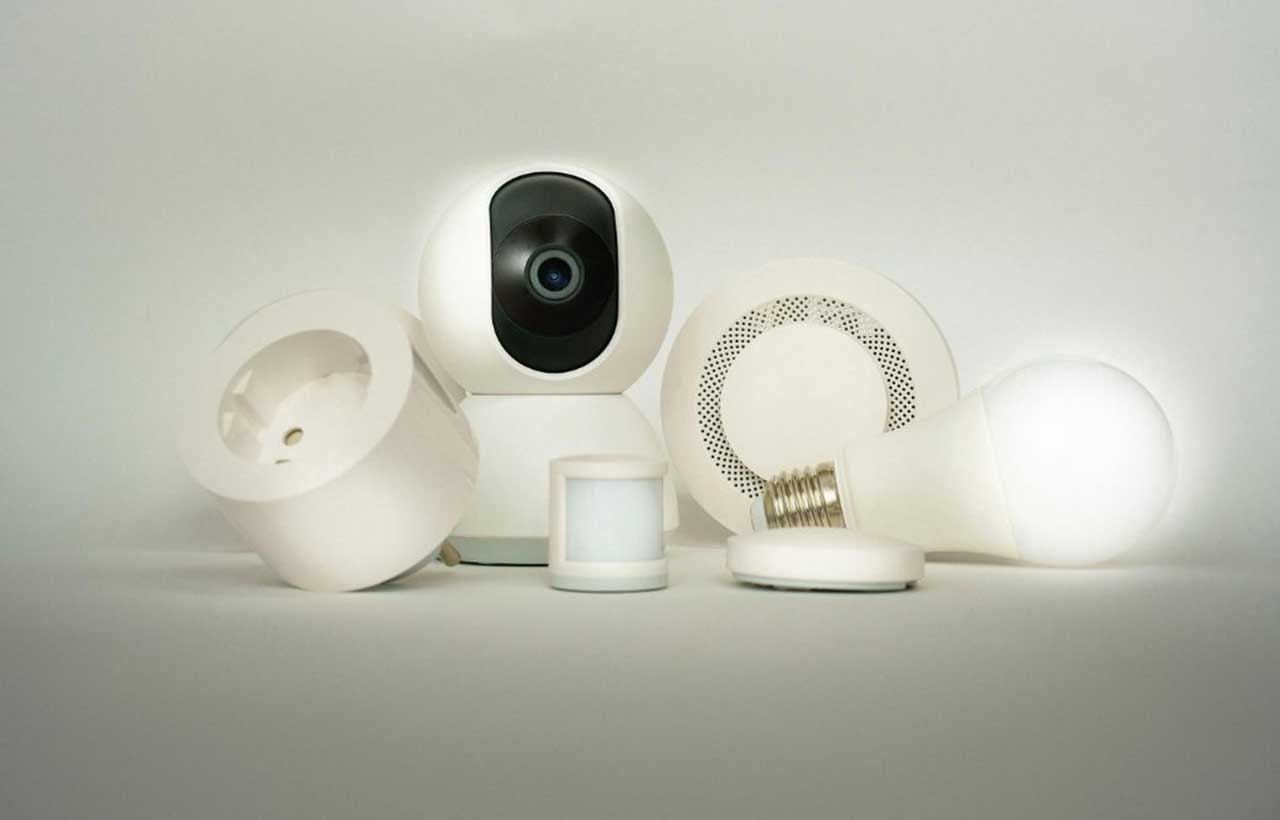 5. Futuristic Interior and Smart Furniture: Futuristic home interiors are at the forefront of 2025’s smart home trends. Furniture and design embedded with technology, such as smart desks designed for ergonomic preferences and beds that monitor sleep patterns, help one maintain a healthy lifestyle. Voice-activated appliances make home management easier, and cooking becomes a fun activity with smart digital appliances.
5. Futuristic Interior and Smart Furniture: Futuristic home interiors are at the forefront of 2025’s smart home trends. Furniture and design embedded with technology, such as smart desks designed for ergonomic preferences and beds that monitor sleep patterns, help one maintain a healthy lifestyle. Voice-activated appliances make home management easier, and cooking becomes a fun activity with smart digital appliances.
6. Reflection of Mental Wellbeing: Health and well-being are the priority for 2025 trends, blending wellness technology that improves physical and mental well-being. Air purifiers that monitor air quality, smart mirrors that give health reports, and wearable devices connected with smart home technology allow users to monitor health data such as heart rate, sleep patterns, and physical activity. These smart devices ensure that homes are optimized for comfort and well-being.
7. Virtual and Augmented Reality: Advanced technological systems of virtual and augmented reality benefit designers by enabling them to encounter the built form before building it. Incorporating Green building techniques, BIM management systems, eco-friendly measures, and sustainable materials with VR integration provides an experiential tour. For virtual futuristic interior design or consultation of immersive systems, AR glasses let individuals experience their homes in new ways.
8. Voice Activated System: The most exciting trend of 2025 smart home design is set to be voice control mechanisms that will shape interactive smart homes. With technological advancements in voice-activated systems and language development, smart interfaces can control complex commands. Managing home control with the use of voice-activated systems is adaptive and responsive, resulting in simpler home management roles.
9. Privacy-focused Automation System: With technological advancements, security is at high risk, and there is growing trouble about privacy data. In 2025, data encryption and privacy-focused home automation systems will ensure that personal data is protected with advanced firewalls and AI-powered threat detection systems.
10. Robotic Home Assistants: With the rise of robotic home assistants, the future is bright where they go beyond vacuuming and lawn mowing. They will perform various household tasks such as cleaning, cooking, and protecting. Advanced robotic systems equipped with AI and machine learning will allow them to learn and adapt to human language, enhancing mobility and interactivity via voice or gesture, making them companions within the smart home.
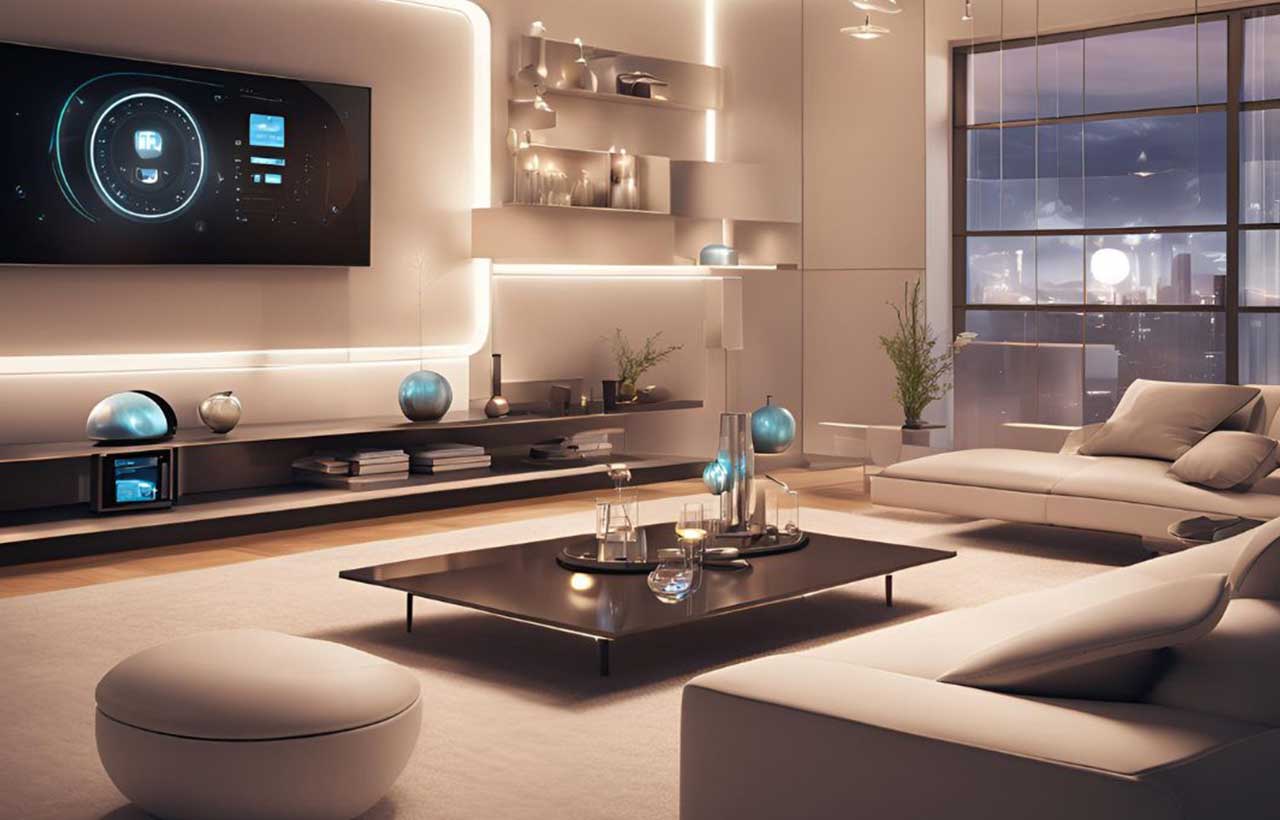
Conclusion
The evolution of home automation systems offers functionality and connectivity with increasing demand and technological advancement. It gave rise to interconnected systems that contribute to sophisticated smart living for modern homes. Smart cities and energy grid systems are the next emerging trend that will enhance smart living and create a sustainable ecosystem.
Frequently Asked Questions (FAQs)
What are the essential components of a smart home?
Integration of advanced systems enhances the user’s lifestyle and comfort while helping designers navigate approaches efficiently without impacting the climate and environment.
How does a smart home improve energy efficiency?
With controlled use of lighting, adopting smart homes, and building with eco-friendly techniques, local materials, and climate considerations while reducing the carbon footprint.
What are the benefits of integrating smart technology into my home?
Smart technology is the future of the building industry. From interconnected devices to robotics, it helps improve our lifestyle and manage tasks easily.


